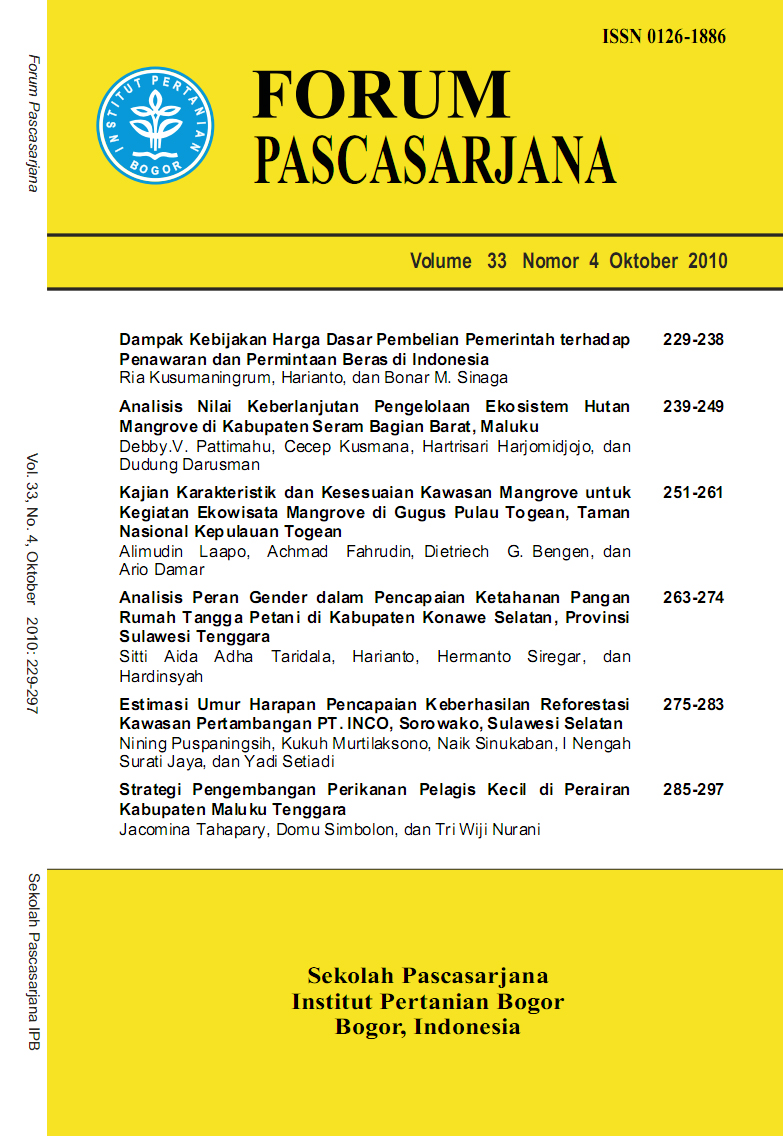<p class="MsoNormal" style="text-indent:1cm;"><em><span style="font-size:10pt;" lang="in" xml:lang="in">Rice consumption contributes the largest spending among Indonesia</span></em><em><span style="font-size:10pt;">n</span></em><em><span style="font-size:10pt;" lang="in" xml:lang="in">. </span></em><em><span style="font-size:10pt;">Meanwhile, the changing price of rice is influenced by national inflation.</span></em><em><span style="font-size:10pt;" lang="in" xml:lang="in"> Increase</span></em><em><span style="font-size:10pt;">d in rice</span></em><em><span style="font-size:10pt;" lang="in" xml:lang="in"> consumption is caused by the increase of p</span></em><em><span style="font-size:10pt;">opulation.</span></em><em><span style="font-size:10pt;" lang="in" xml:lang="in"><span> </span>It is, therefor</span></em><em><span style="font-size:10pt;">e</span></em><em><span style="font-size:10pt;" lang="in" xml:lang="in">, clea</span></em><em><span style="font-size:10pt;">r</span></em><em><span style="font-size:10pt;" lang="in" xml:lang="in"> that the problem of the rice price increa</span></em><em><span style="font-size:10pt;">ment</span></em><em><span style="font-size:10pt;" lang="in" xml:lang="in"> relates to rice demand and supply.<span> </span>This research was </span></em><em><span style="font-size:10pt;">aimed to analize (1) </span></em><em><span style="font-size:10pt;" lang="in" xml:lang="in">factors </span></em><em><span style="font-size:10pt;">influenced </span></em><em><span style="font-size:10pt;" lang="in" xml:lang="in">the demand and supply of rice in Indonesia</span></em><em><span style="font-size:10pt;">; (2) effectivity of </span></em><em><span style="font-size:10pt;" lang="in" xml:lang="in">government floor price pu</span></em><em><span style="font-size:10pt;">r</span></em><em><span style="font-size:10pt;" lang="in" xml:lang="in">chasing policy (GFPPP)</span></em><em><span style="font-size:10pt;"> vis-à-vis brown rice price policy in frame of increasing rice production; (3) impact of GFPPP on rice demand and supply in Indonesia. The research used time series data ranging from the year of 1981 to 2005. Two stages least square (2SLS) method was used to analyze the data by means of SAS/ETS Version 6.12. It is concluded that the GFPPP increased rice supply in Indonesia</span></em><em><span style="font-size:10pt;" lang="in" xml:lang="in">.</span></em><em><span style="font-size:10pt;"> The GFPPP also increased rice price at farmer level and rice production, but decreased demand of the brown rice. </span></em><em><span style="font-size:10pt;"><span> </span></span></em></p> <p class="MsoNormal" style="text-indent:1cm;"><em><span style="font-size:10pt;" lang="in" xml:lang="in"> </span></em></p> <em><span style="font-size:10pt;" lang="in" xml:lang="in">Keywords: rice, supply demand, p<span>olicy of base price purchasing of government</span></span></em>
Abstract
Rice consumption contributes the largest spending among Indonesian. Meanwhile, the changing price of rice is influenced by national inflation. Increased in rice consumption is caused by the increase of population. It is, therefore, clear that the problem of the rice price increament relates to rice demand and supply. This research was aimed to analize (1) factors influenced the demand and supply of rice in Indonesia; (2) effectivity of government floor price purchasing policy (GFPPP) vis-à-vis brown rice price policy in frame of increasing rice production; (3) impact of GFPPP on rice demand and supply in Indonesia. The research used time series data ranging from the year of 1981 to 2005. Two stages least square (2SLS) method was used to analyze the data by means of SAS/ETS Version 6.12. It is concluded that the GFPPP increased rice supply in Indonesia. The GFPPP also increased rice price at farmer level and rice production, but decreased demand of the brown rice.
Keywords: rice, supply demand, policy of base price purchasing of government

